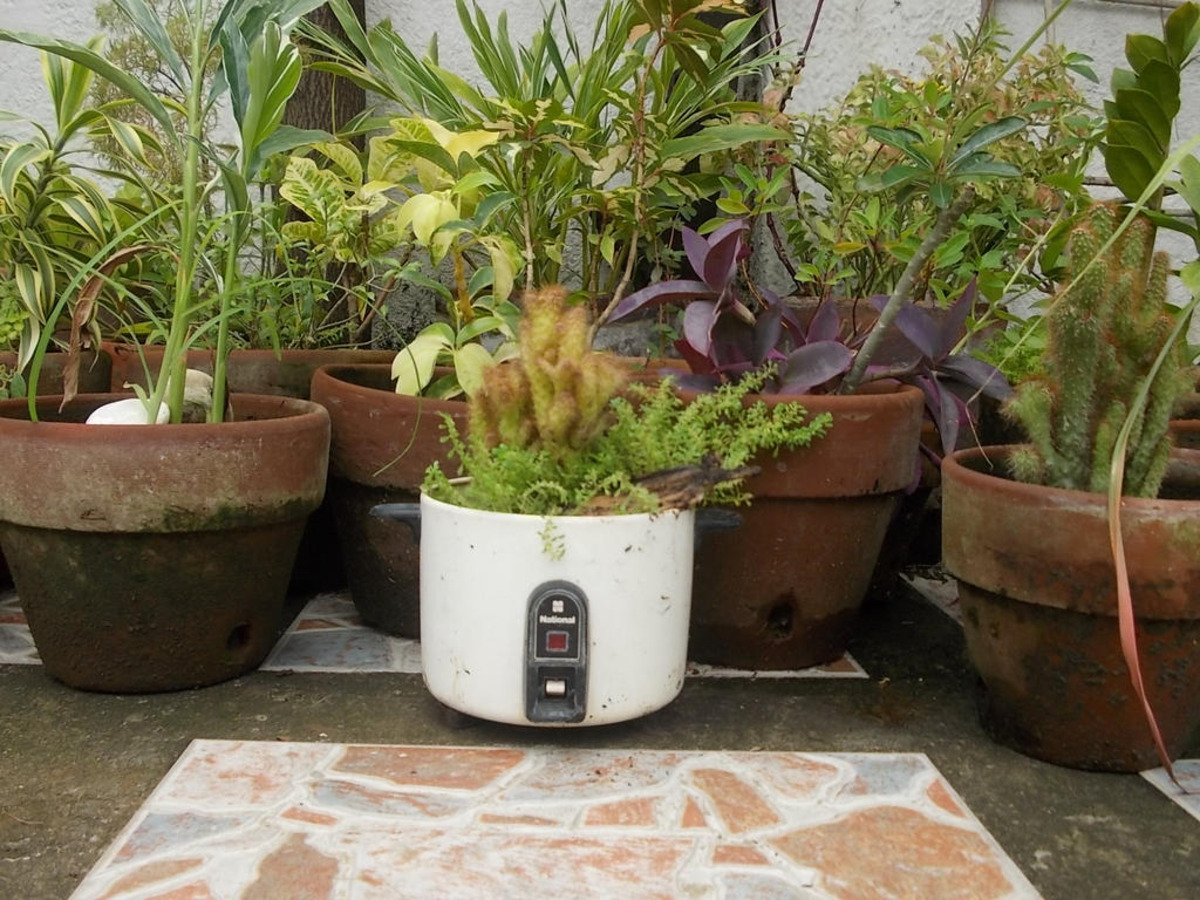

Articles
How To Throw Away Rice Cooker
Modified: October 19, 2024
Discover the best articles on how to throw away your rice cooker, and find expert tips and advice on proper disposal methods. Save space and declutter your kitchen with these helpful resources.
(Many of the links in this article redirect to a specific reviewed product. Your purchase of these products through affiliate links helps to generate commission for Storables.com, at no extra cost. Learn more)
Introduction
When it comes to kitchen appliances, the rice cooker is an essential tool for many households. It simplifies the process of cooking rice, ensuring perfectly cooked grains with minimal effort. However, like any other appliance, there may come a time when you need to dispose of your rice cooker. Whether it’s because it’s old and no longer functional or you simply want to upgrade to a newer model, knowing the proper steps to throw away a rice cooker is important to ensure its proper disposal and minimize environmental impact.
In this article, we’ll guide you through the process of throwing away a rice cooker responsibly. From cleaning the appliance to recycling options, we’ll cover everything you need to know to get rid of your rice cooker in an eco-friendly manner.
Before we dive into the steps, it’s important to note that not all rice cookers are created equal. Depending on the make and model of your appliance, the disposal process may vary slightly. As such, we recommend consulting the manufacturer’s instructions or reaching out to them for specific disposal guidelines if available.
Now, let’s get started with the first step: cleaning the rice cooker before discarding it.
Key Takeaways:
- Properly disposing of a rice cooker involves thorough cleaning, detaching inner components, and exploring recycling options to minimize environmental impact and promote sustainability.
- Consider donating or selling your functional rice cooker to extend its lifespan and benefit others, contributing to a more sustainable approach to consumption.
Read more: How To Throw Away Furniture
Step 1: Cleaning the Rice Cooker
Before you dispose of your rice cooker, it’s essential to clean it thoroughly. This not only ensures proper hygiene but also makes the process of disposing easier. Follow these steps to clean your rice cooker:
- Unplug and cool down: Start by unplugging the rice cooker and allowing it to cool down completely. This will prevent any accidents or injuries during the cleaning process.
- Remove the inner pot: Take out the inner pot from the rice cooker. Most inner pots are removable and can be washed separately. Check the manufacturer’s instructions for any specific guidelines on removing the inner pot.
- Wash the inner pot: Wash the inner pot with warm soapy water. Use a soft sponge or cloth to scrub away any residue or stuck-on food particles. Rinse it thoroughly with clean water and dry it completely before moving on to the next step.
- Clean the exterior: Wipe down the exterior of the rice cooker with a damp cloth or sponge. Pay attention to any stains or spills and clean them accordingly. Avoid using harsh chemicals or abrasive substances that can damage the surface.
- Clean the lid and accessories: If your rice cooker has a detachable lid or other accessories, clean them separately. Follow the manufacturer’s instructions for cleaning these parts to ensure you don’t damage them. If necessary, refer to the user manual for specific cleaning guidelines.
- Dry thoroughly: After cleaning, make sure all parts are dry before proceeding to the next step. Leaving any moisture behind can lead to mold or mildew growth, which is not only unsanitary but can also damage the appliance.
By following these cleaning steps, you’ll ensure that your rice cooker is hygienic and ready for disposal or any further actions you plan to take.
Step 2: Removing any Leftover Rice
Once you have cleaned the rice cooker, it’s time to ensure that there is no leftover rice inside the appliance. Follow these steps to remove any remaining rice:
- Inspect the inner pot: Take a close look at the inner pot of the rice cooker. Check for any traces of rice or grains that may be stuck to the bottom or sides. Use a spatula or a soft brush to gently scrape off any remaining rice.
- Empty the rice cooker: If you find any rice in the rice cooker body, carefully remove it. Pay attention to any crevices or hidden compartments where rice may have collected. Ensure that the rice cooker is completely empty before moving forward.
- Check the steam vent and condensation collector: Some rice cookers have steam vents or condensation collectors that may have trapped rice grains. Inspect these areas and clean them thoroughly to make sure no rice residue is left behind.
- Wipe down the inner pot and other parts: Use a damp cloth or sponge to wipe down the inner pot and any other removable parts. Ensure that there is no rice or moisture left on these components.
By thoroughly inspecting and cleaning your rice cooker, you’ll avoid any potential issues that may arise from leftover rice or grain remnants. This step is crucial to prepare your appliance for disposal or any further actions you plan to take, such as donating or selling.
Step 3: Detaching the Inner Pot
In order to properly dispose of your rice cooker, you’ll need to detach the inner pot from the appliance. This step will allow you to separate the main component and handle it independently. Follow these steps to detach the inner pot:
- Ensure the rice cooker is unplugged: Before removing the inner pot, ensure that the rice cooker is unplugged from the power source. This is important for safety reasons and to avoid any electrical accidents.
- Allow the rice cooker to cool down: Make sure the rice cooker has cooled down completely before attempting to detach the inner pot. This will prevent any potential burns or injuries.
- Locate the release button or lever: Look for a release button or lever on the rice cooker. It is usually located near the handle or on the side of the appliance. Refer to the manufacturer’s instructions or user manual if you’re unsure about the exact location.
- Press or lever the release button: Press or lever the release button to unlock the inner pot from the rice cooker. Apply gentle pressure and ensure that the pot is properly disengaged from the appliance.
- Remove the inner pot: Once the release button is engaged, carefully lift the inner pot upwards and away from the rice cooker. Take caution not to tilt the pot too much, as there may still be residual water or moisture inside.
After detaching the inner pot, you’ll have the main component of the rice cooker separated and ready for disposal or further actions. Keep the inner pot in a safe place while you proceed with disposing of the other parts of the rice cooker.
Step 4: Disposing of the Inner Pot and Lid
Once you have detached the inner pot from your rice cooker, it’s time to decide how to properly dispose of it. The inner pot and lid are typically made of materials that can be recycled or discarded safely. Follow these steps to dispose of the inner pot and lid:
- Check for recycling symbols: Look for recycling symbols or markings on the inner pot and lid. These symbols indicate that the materials used in the construction of these parts are recyclable. If you see these markings, it’s advisable to recycle them rather than throw them in the trash.
- Consult local recycling guidelines: Check with your local recycling center or municipality to determine the specific guidelines for recycling small appliances. They can provide you with information on whether the inner pot and lid can be recycled curbside or if they need to be taken to a designated recycling facility.
- Separate any non-recyclable components: Some inner pots may have non-recyclable components, such as a non-stick coating. In such cases, consult your local recycling guidelines or waste management authority to determine the proper disposal method for these specific parts.
- Dispose of non-recyclable components responsibly: If certain parts of the inner pot or lid are not recyclable, dispose of them responsibly according to local regulations. This may involve placing them in the general waste bin or taking them to a designated disposal facility.
- Clean and dry the inner pot and lid: Before recycling or disposing of the inner pot and lid, make sure they are clean and dry. Any leftover food residue can contaminate recycling streams or cause foul odors. Clean them using warm soapy water, rinse thoroughly, and allow them to air dry completely before recycling or disposal.
By following these steps, you’ll ensure that the inner pot and lid of your rice cooker are disposed of responsibly. Recycling these components whenever possible decreases the environmental impact and promotes a more sustainable approach to waste management.
When throwing away a rice cooker, be sure to unplug it and allow it to cool down completely. Then, check with your local waste management facility for proper disposal instructions, as some parts may be recyclable.
Read more: How To Throw Away A Mattress
Step 5: Disconnecting the Power Cord
Before you can dispose of your rice cooker, it’s crucial to disconnect the power cord from the appliance. This step ensures that the rice cooker is completely disconnected from the power source and eliminates any potential electrical hazards. Follow these steps to disconnect the power cord:
- Ensure the rice cooker is unplugged: Before attempting to disconnect the power cord, verify that the rice cooker is unplugged from the electrical outlet. This step is crucial for your safety and prevents any accidental electric shocks.
- Inspect the power cord: Take a close look at the power cord for any signs of damage, such as frayed wires or exposed insulation. If you notice any damage, it’s essential to avoid handling or using the power cord. In such cases, consult a professional electrician or contact the manufacturer for assistance.
- Locate the power cord connection: Identify where the power cord is connected to the rice cooker. It is usually located at the back of the appliance. Make sure you have clear access to this area.
- Detach the power cord: Depending on the type of rice cooker, the power cord may be detachable or permanently attached. If detachable, follow the manufacturer’s instructions for safely disconnecting the power cord. This typically involves pressing a release button or sliding a lock mechanism to release the cord from the appliance.
- Safely coil and secure the power cord: Once the power cord is disconnected, carefully coil it up in a neat and organized manner. Secure the coiled cord using a twist tie or velcro strap to prevent it from getting tangled or causing any tripping hazards.
By disconnecting the power cord, you’ll ensure the complete isolation of your rice cooker from the electrical supply. This step is essential for safe handling and disposal of the appliance.
Step 6: Packing the Rice Cooker for Disposal
Once you have completed the necessary cleaning and preparation steps, it’s time to pack your rice cooker for disposal. Proper packaging ensures safe handling during transportation and minimizes any potential damage to the appliance. Follow these steps to pack your rice cooker:
- Choose a suitable packaging material: Select a sturdy box or container that is large enough to accommodate the rice cooker and any additional parts you plan to dispose of. Avoid using flimsy or oversized packaging materials that may result in unnecessary waste.
- Wrap the rice cooker securely: Wrap the rice cooker with bubble wrap or packing paper to provide cushioning and protection. Pay special attention to any delicate parts or detachable components. Use tape or packing straps to secure the wrapping in place.
- Add padding and fill the empty spaces: Fill any empty spaces in the packaging with packing peanuts, bubble wrap, or crumpled paper. This prevents the rice cooker from shifting or moving during transportation, reducing the risk of damage.
- Place any additional parts: If you have any additional parts or accessories that you plan to dispose of, such as the lid or accessories, place them in the packaging alongside the rice cooker. Wrap them individually to prevent scratches or damage.
- Seal the packaging: Once the rice cooker and any additional parts are securely packed, close and seal the packaging with tape. Ensure that all openings and seams are properly sealed to prevent any items from falling out or shifting during transportation.
- Label the package: It’s recommended to label the package as “Fragile” or “Electronic Appliance” to alert handlers and ensure careful handling during transportation. You may also include a note indicating that the package contains a rice cooker for disposal.
By properly packing your rice cooker, you’ll protect the appliance and any additional parts during transportation and disposal. This step is crucial for ensuring that the appliance arrives safely at its final destination.
Step 7: Recycling Options for Rice Cookers
Proper recycling of your rice cooker is highly encouraged as it helps to reduce waste and promote environmental sustainability. There are several options available for recycling your rice cooker, depending on your location and local recycling programs. Consider the following recycling options:
- Curbside Recycling: In some areas, you may be able to include small appliances like rice cookers in your regular curbside recycling collection. Check with your local waste management or recycling center to find out if this option is available in your community. If curbside recycling accepts small appliances, make sure to follow the guidelines for proper preparation and disposal.
- Electronics Recycling: Rice cookers often contain electronic components that require specialized recycling. Many communities have dedicated electronics recycling facilities or events where you can drop off your rice cooker for proper recycling. Check with local electronics stores or search online for nearby electronics recycling options.
- Manufacturer or Retailer Recycling Programs: Some rice cooker manufacturers or retailers offer recycling programs for their products. They might have specific collection points or recycling initiatives to ensure proper disposal of their appliances. Contact the manufacturer of your rice cooker or check their website for information on recycling programs they offer.
- Local Recycling Centers: Local recycling centers or waste management facilities may accept small appliances like rice cookers for recycling. They have the expertise to handle various materials and ensure proper recycling practices. Locate the nearest recycling center in your area and inquire if they accept small appliances for recycling.
- Scrap Metal Recycling: Rice cookers, particularly older models, may contain metal components that can be recycled. If you have access to scrap metal recycling services, consider bringing your rice cooker to these facilities. They can extract valuable metals for reuse while minimizing waste.
Remember, recycling options may vary depending on your location. It’s essential to research and identify the best recycling option available to you. By choosing to recycle your rice cooker, you’re taking a positive step towards reducing environmental impact and promoting responsible waste management.
Step 8: Donating or Selling Your Rice Cooker
If your rice cooker is still functional and in good condition, consider donating or selling it instead of disposing of it. Donating or selling your rice cooker allows it to be reused, reducing waste and benefiting others who may be in need of a rice cooker. Follow these steps to donate or sell your rice cooker:
- Assess the condition: Evaluate the condition of your rice cooker to determine if it is suitable for donation or sale. Ensure that it is clean, all components are intact, and it is in proper working order. If there are any minor issues, such as cosmetic scratches or minor functional quirks, disclose them to potential buyers or donation centers.
- Consider local charities and non-profit organizations: Contact local charities or non-profit organizations to inquire if they accept small kitchen appliances like rice cookers. They may have programs to help low-income families or community kitchens, where your donated rice cooker can make a difference. Ensure that the organization accepts used appliances and if they have any specific guidelines for donation.
- Donate to a food bank or community kitchen: Food banks and community kitchens often rely on donated appliances to prepare meals for those in need. Reach out to local food banks or community kitchens and inquire if they accept rice cookers. Donating to these organizations can directly impact the community and help individuals or families in need.
- Sell it online or through local channels: If you prefer to sell your rice cooker, consider online platforms like eBay, Craigslist, or local buy-and-sell groups. Take clear photos of the rice cooker, include detailed descriptions, and set a fair price. Alternatively, you can explore local secondhand stores or appliance resellers that may be interested in purchasing the appliance from you.
- Prepare the rice cooker for donation or sale: Clean the rice cooker thoroughly and include all necessary accessories. Pack it securely in its original packaging, if available, or use suitable packaging materials to protect it during transportation. Include any instruction manuals or warranties, as this can increase the value for potential buyers.
By donating or selling your rice cooker, you extend its lifespan and contribute to a more sustainable approach to consumption. Whether it’s helping out those in need or allowing someone to enjoy the benefits of a rice cooker at a reduced price, your actions can make a positive impact.
Read more: How To Throw Away A Hair Dryer
Conclusion
Properly disposing of a rice cooker is important for both environmental and safety reasons. By following the steps outlined in this article, you can ensure that your rice cooker is disposed of responsibly and minimize its impact on the environment. Cleaning the rice cooker, removing any leftover rice, detaching the inner pot, and disconnecting the power cord are essential preparatory steps. Packing the rice cooker securely for disposal and exploring recycling options ensure that the appliance is disposed of in an environmentally friendly manner.
Additionally, considering donating or selling your rice cooker can give it a second life and benefit others who may be in need of a functional kitchen appliance. By donating to local charities, community kitchens, or food banks, you contribute to the well-being of your community and help reduce food waste. Selling your rice cooker online or through local channels allows someone else to enjoy its benefits while also recouping some of your initial investment.
Remember to research and follow local guidelines and regulations regarding disposal and recycling. Recycling options may vary depending on your location, so it’s important to reach out to your local recycling center or waste management facility for the most accurate and up-to-date information.
By following these steps and making informed choices, you can contribute to a more sustainable future, reduce waste, and ensure the responsible disposal of your rice cooker. Small actions like these add up and make a significant difference in protecting our environment for generations to come.
Frequently Asked Questions about How To Throw Away Rice Cooker
Was this page helpful?
At Storables.com, we guarantee accurate and reliable information. Our content, validated by Expert Board Contributors, is crafted following stringent Editorial Policies. We're committed to providing you with well-researched, expert-backed insights for all your informational needs.
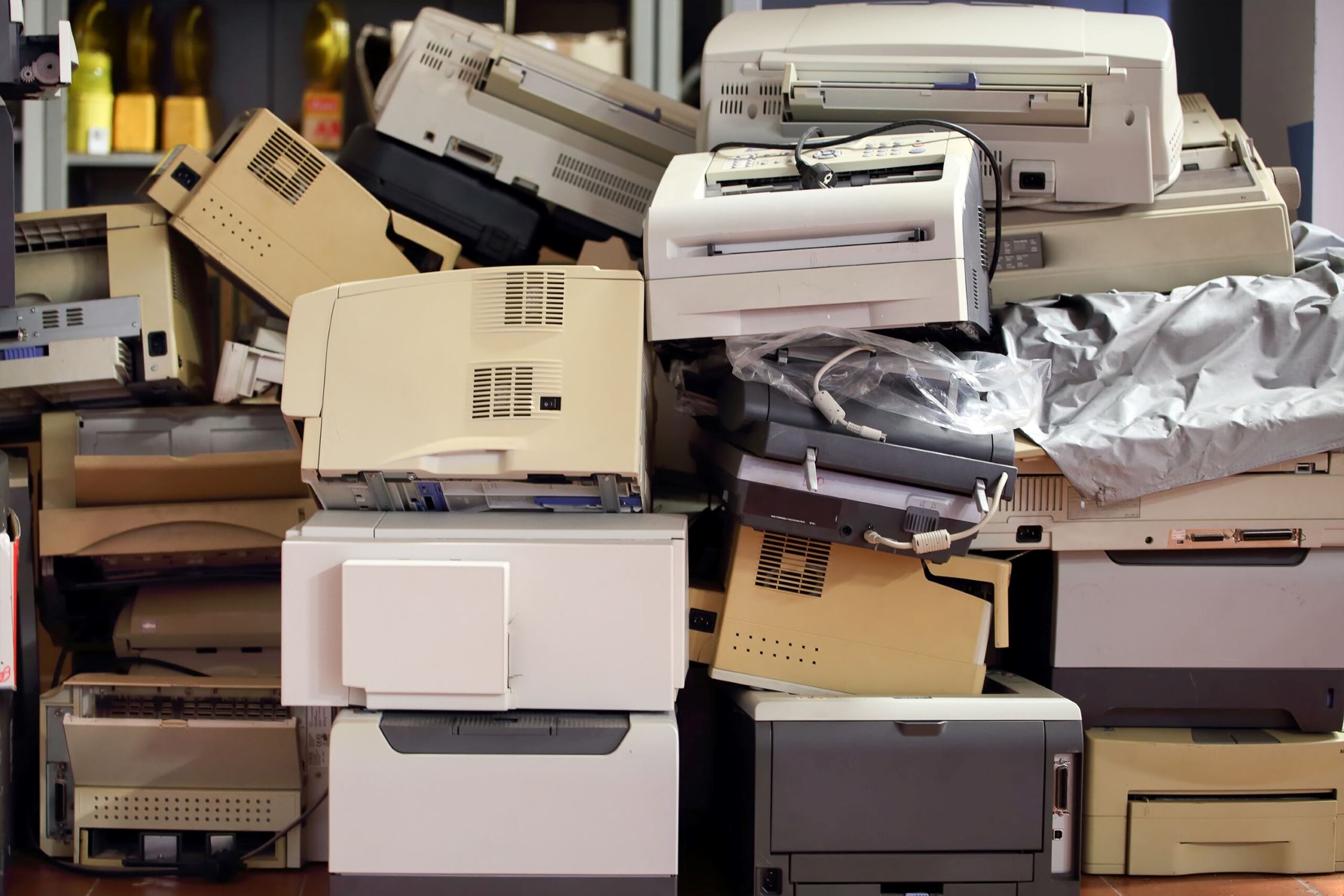

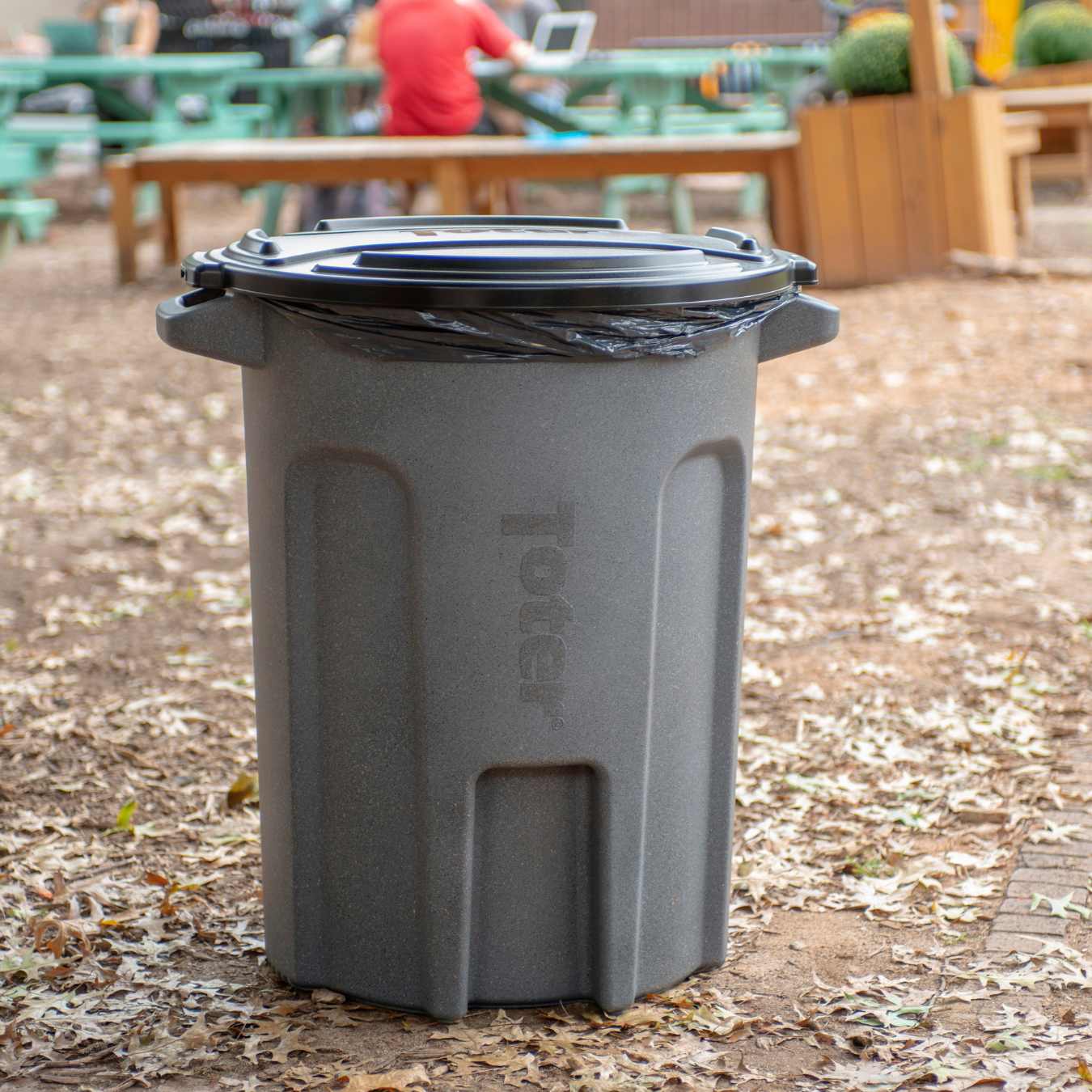

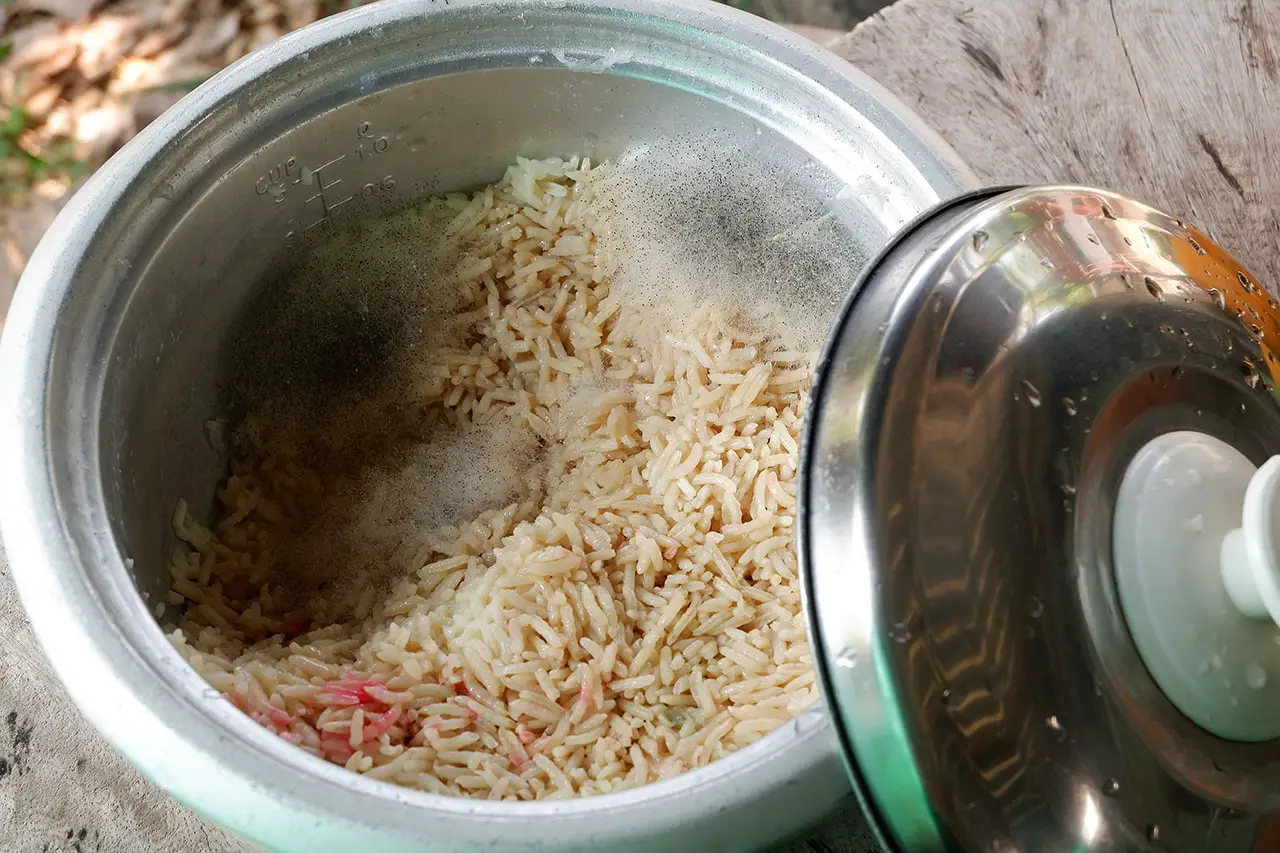
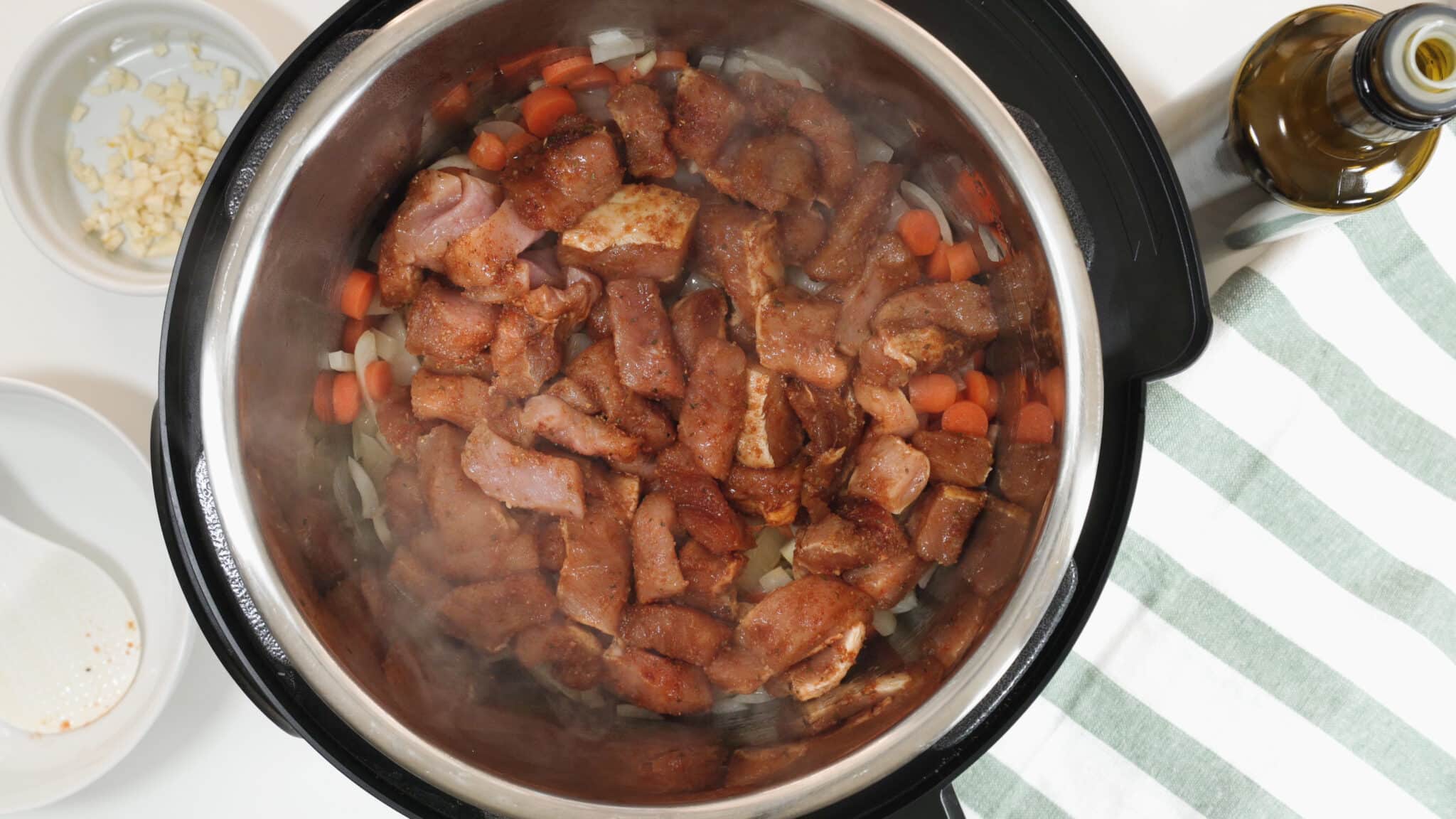
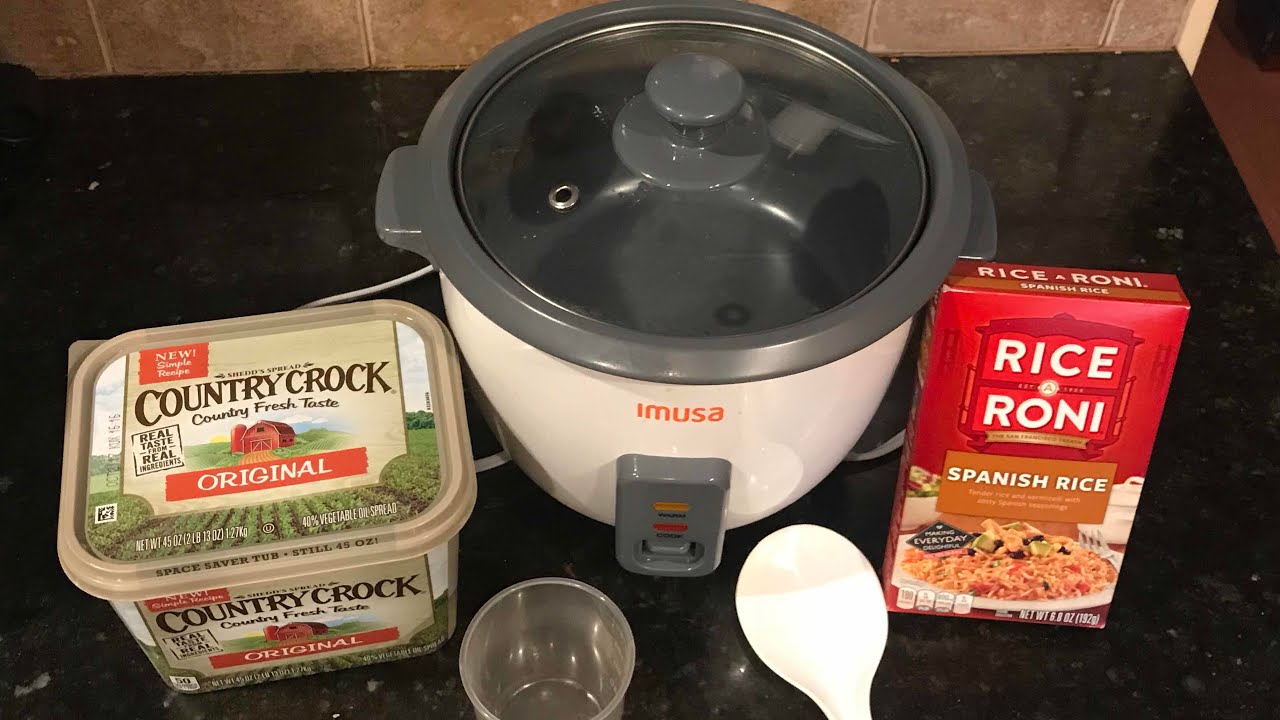

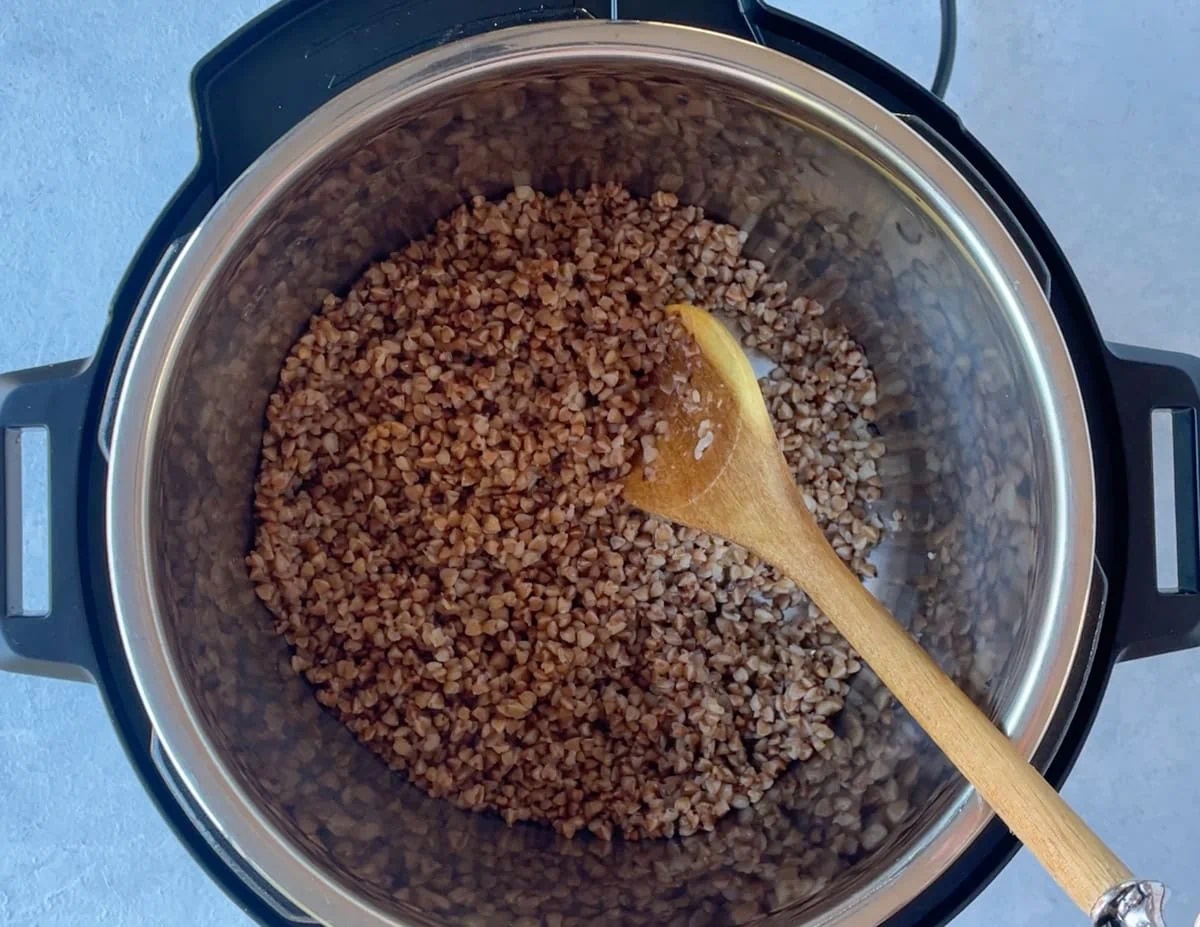

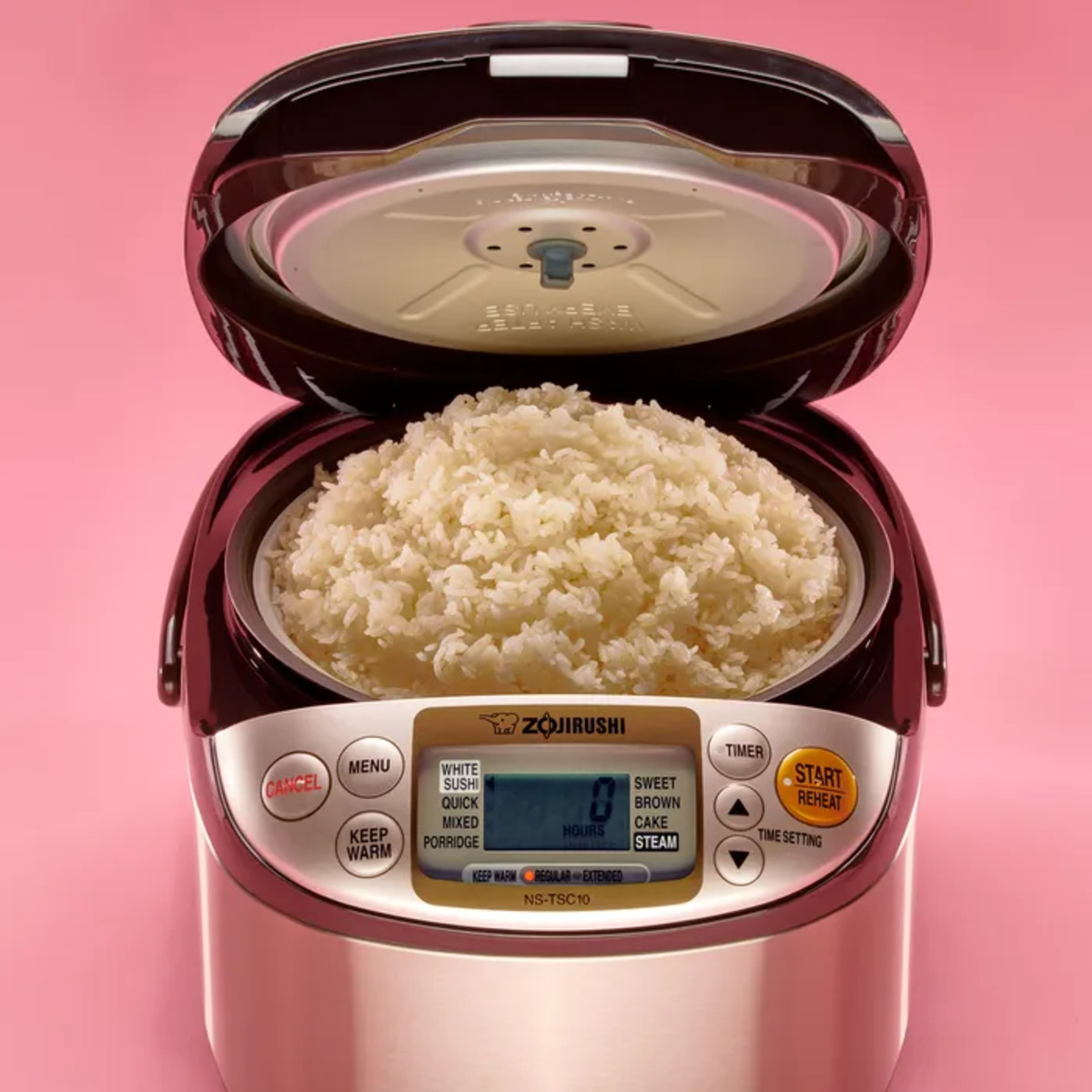
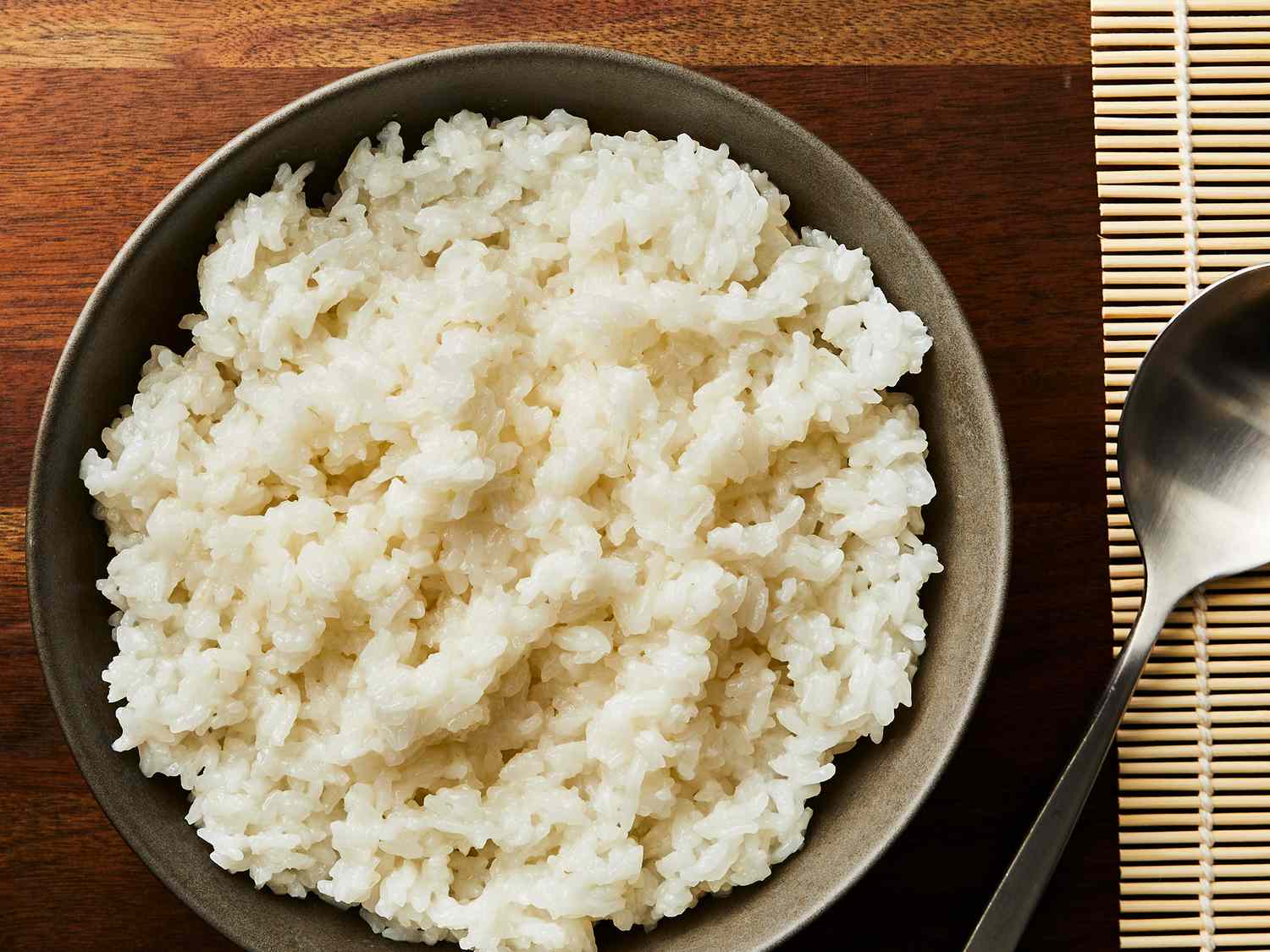
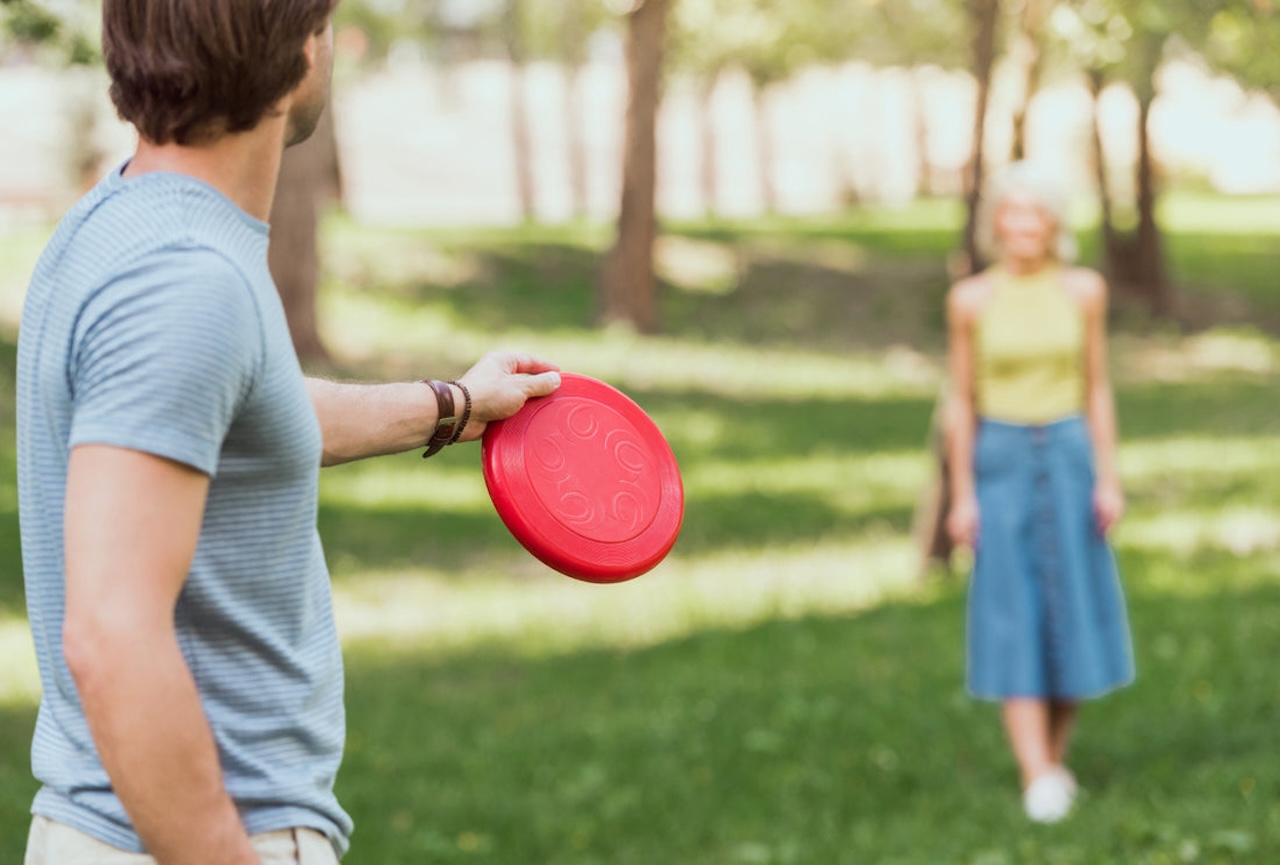

0 thoughts on “How To Throw Away Rice Cooker”